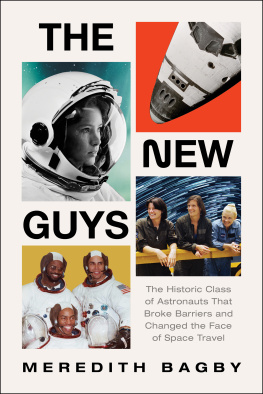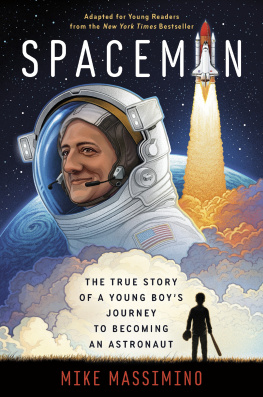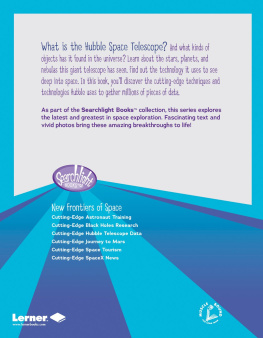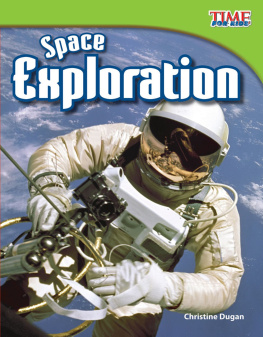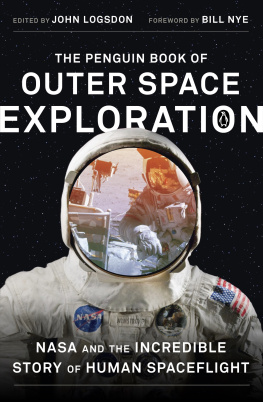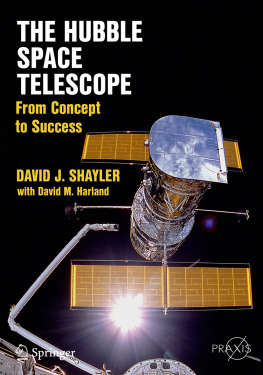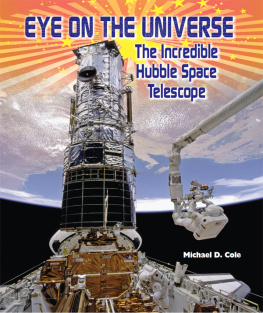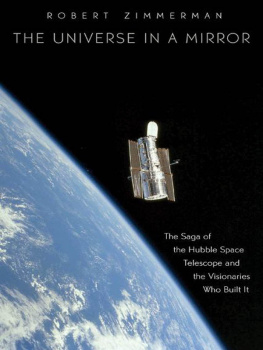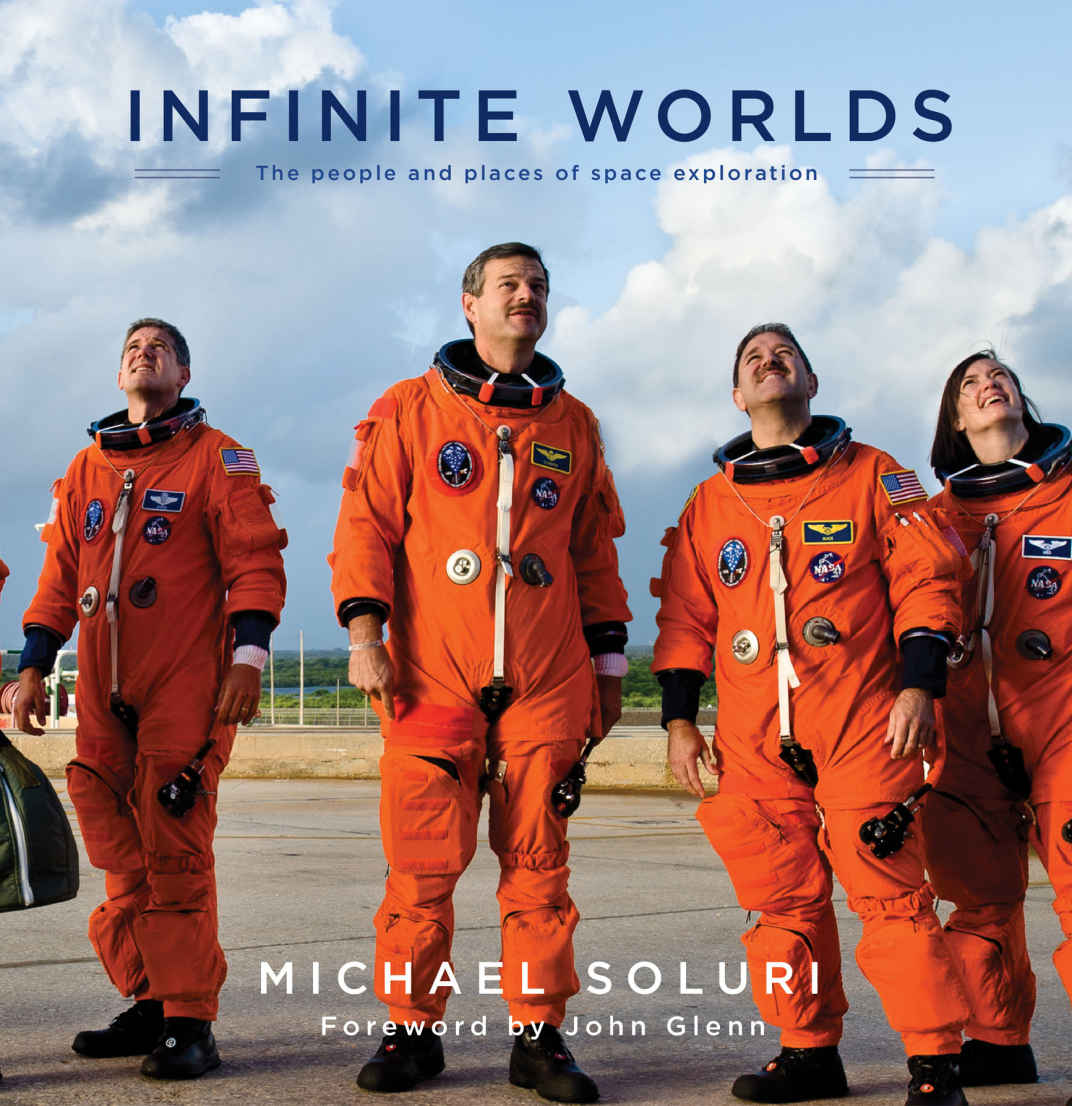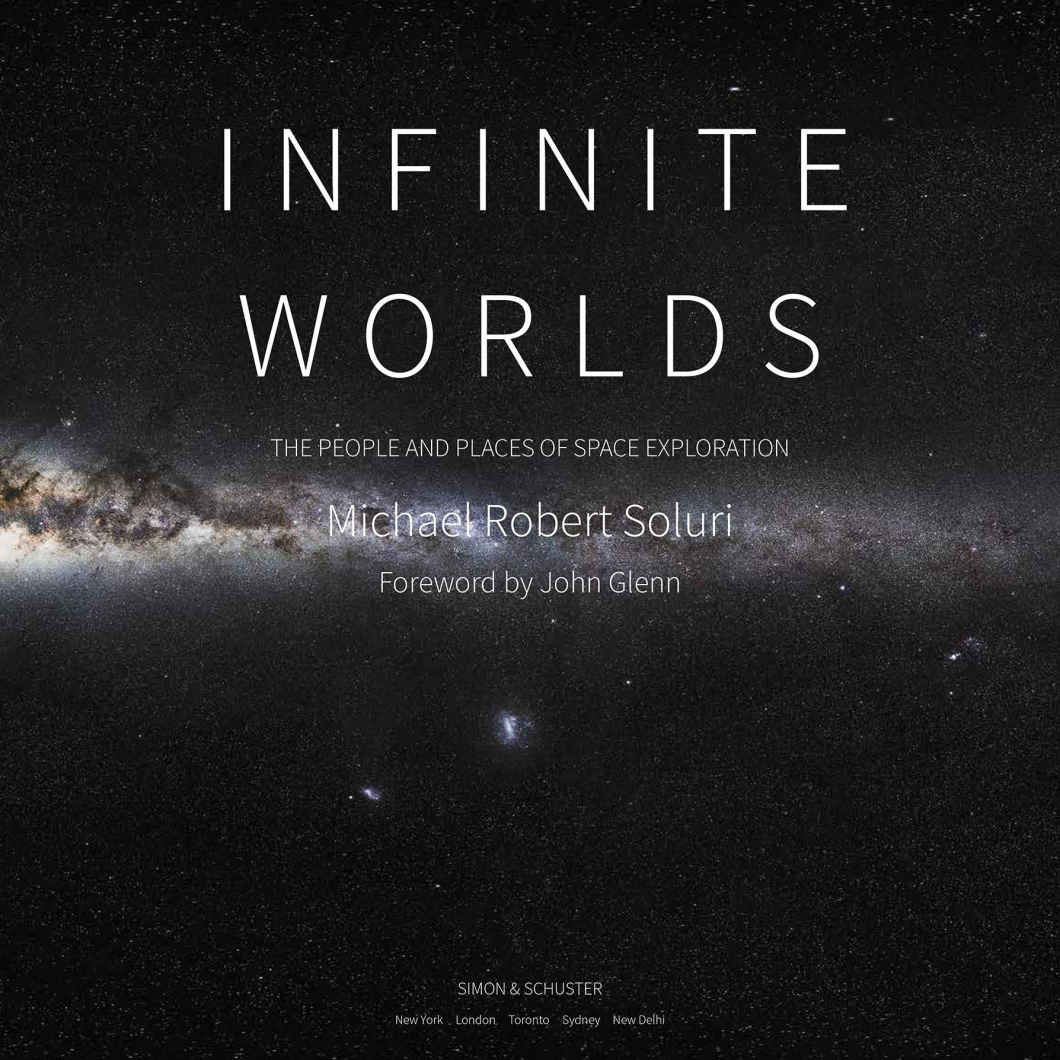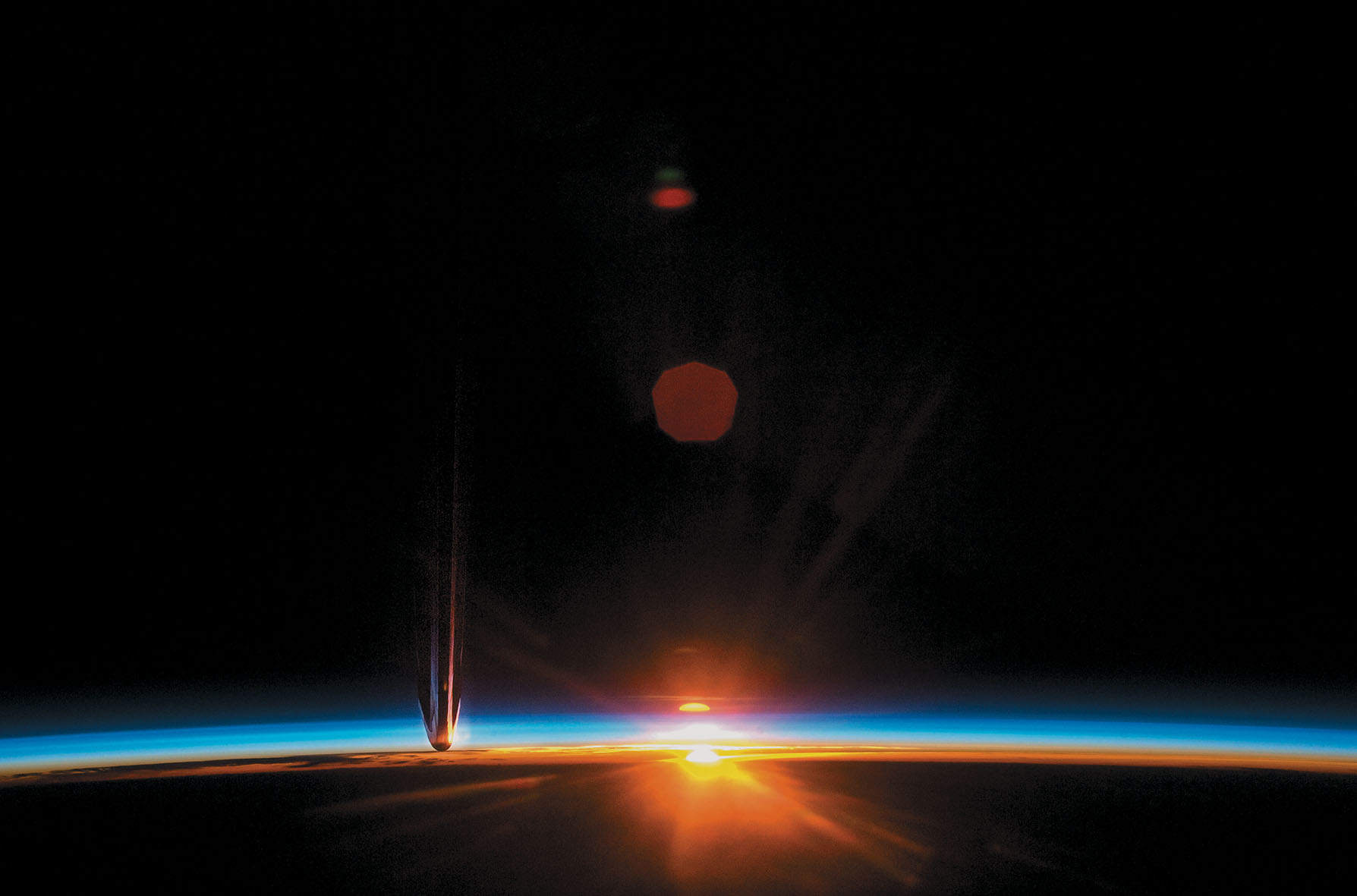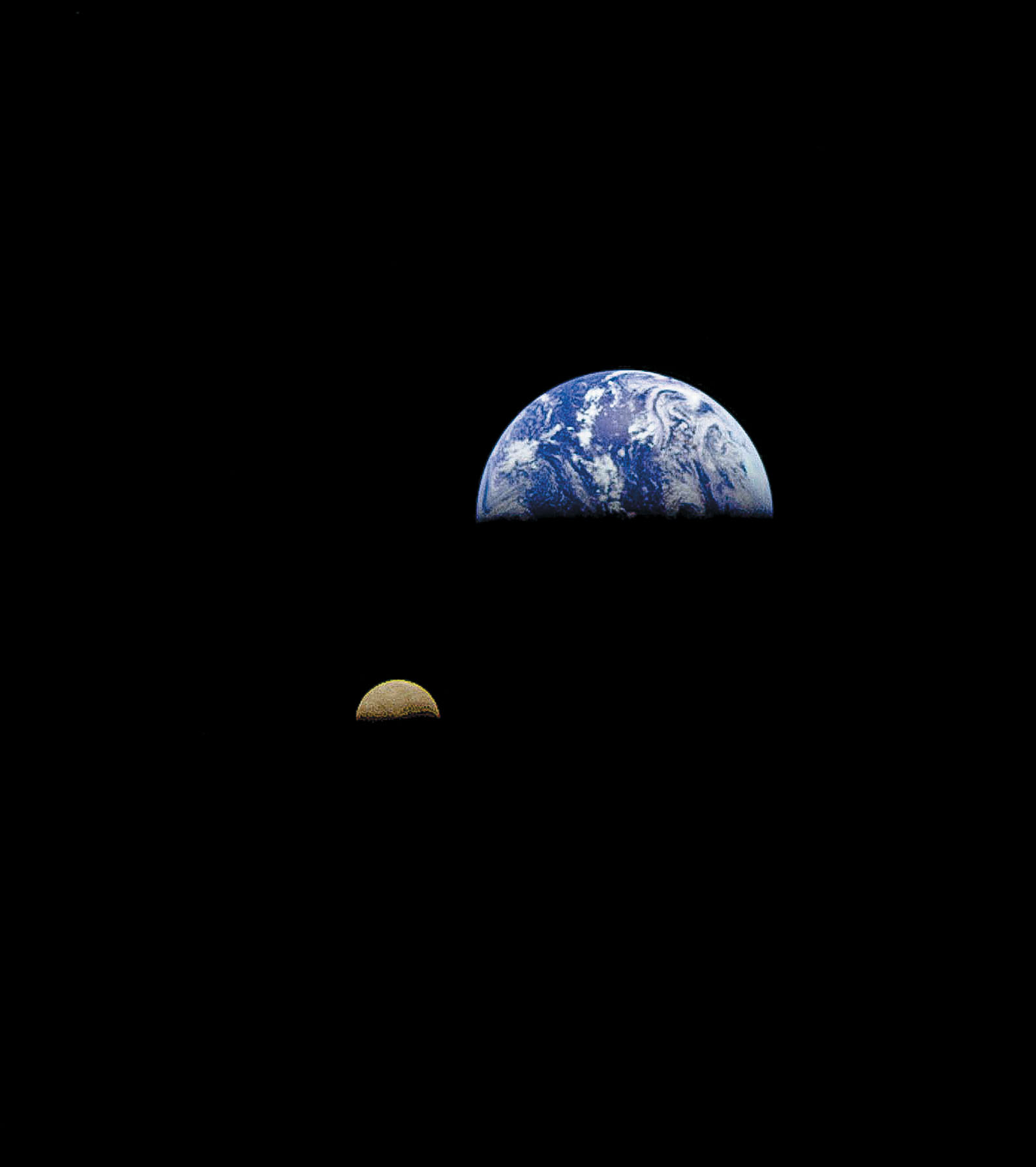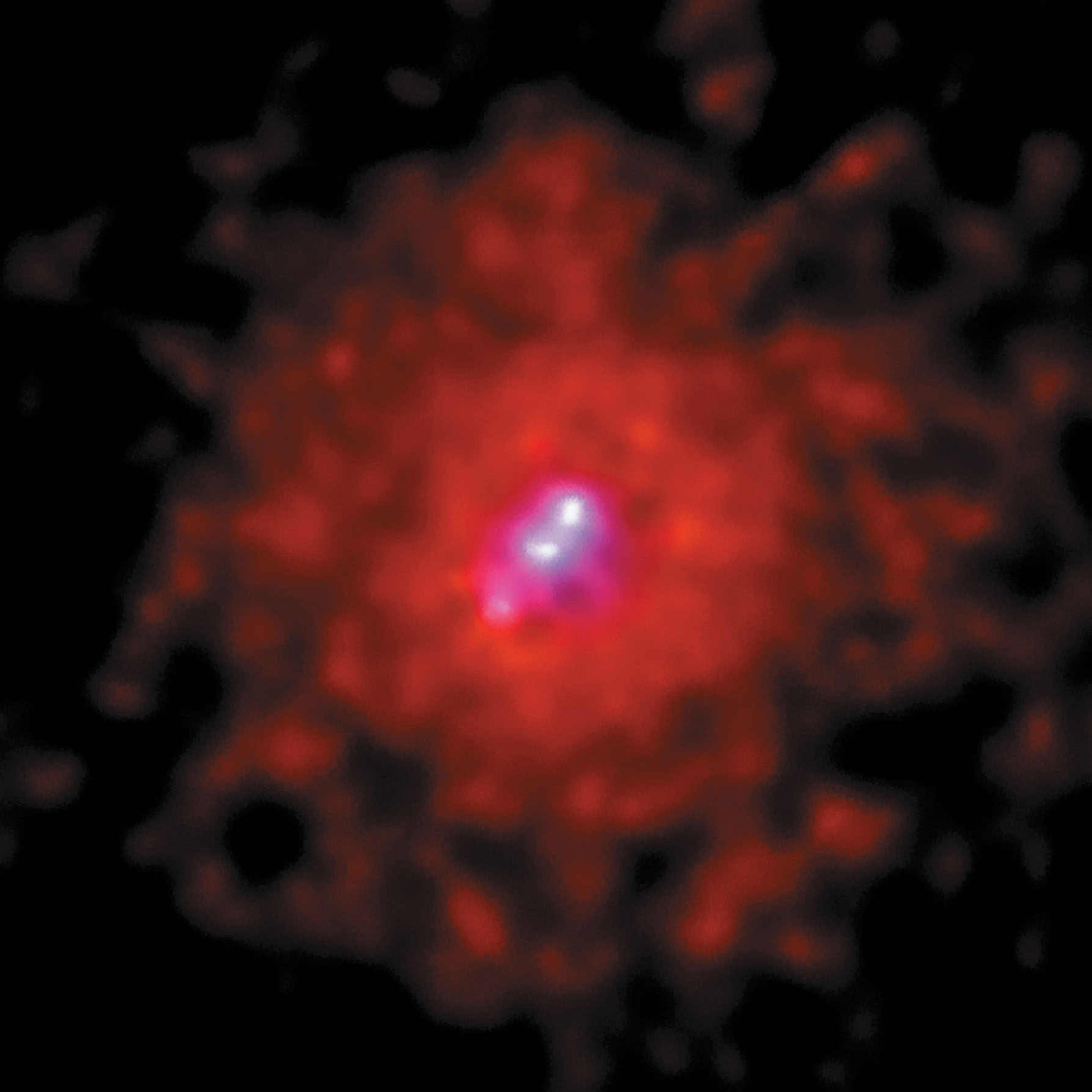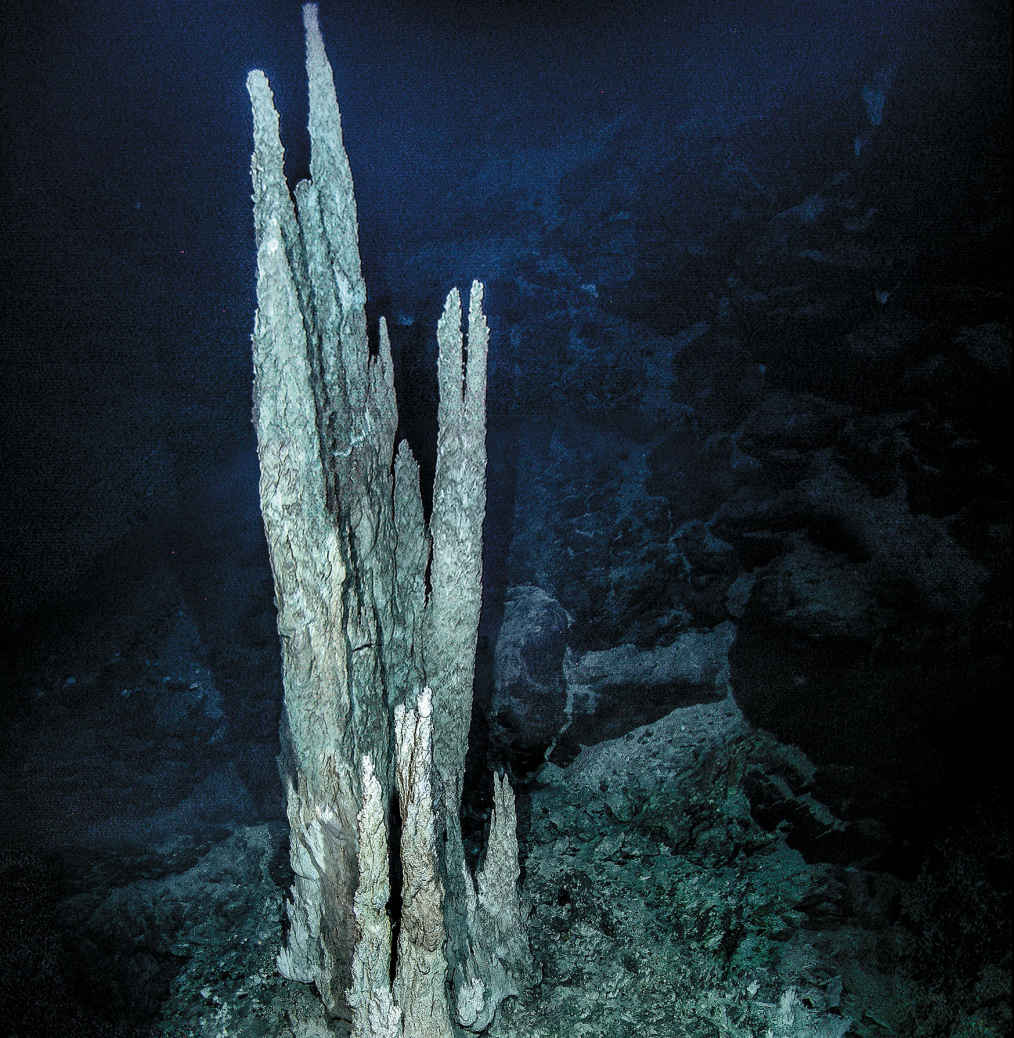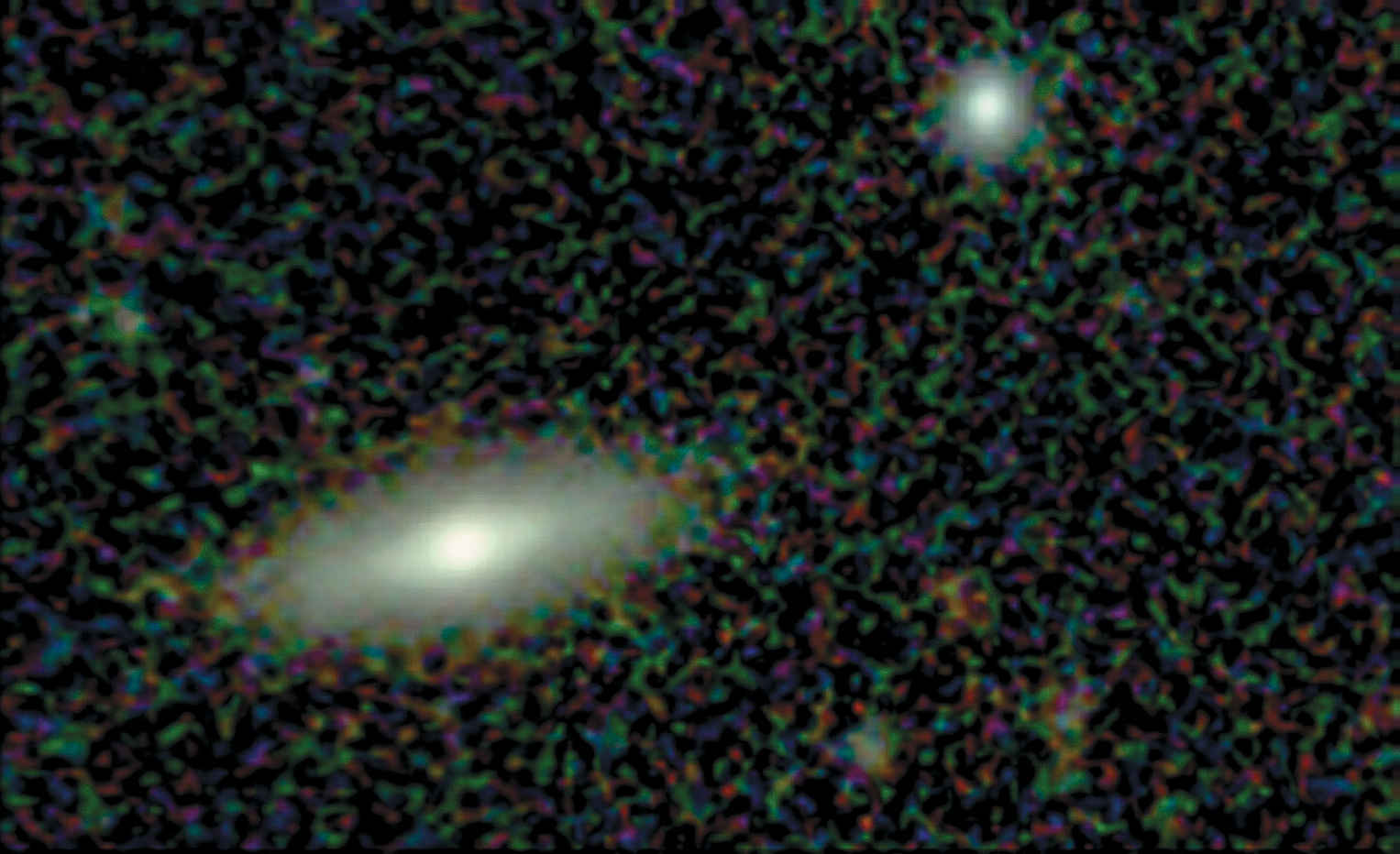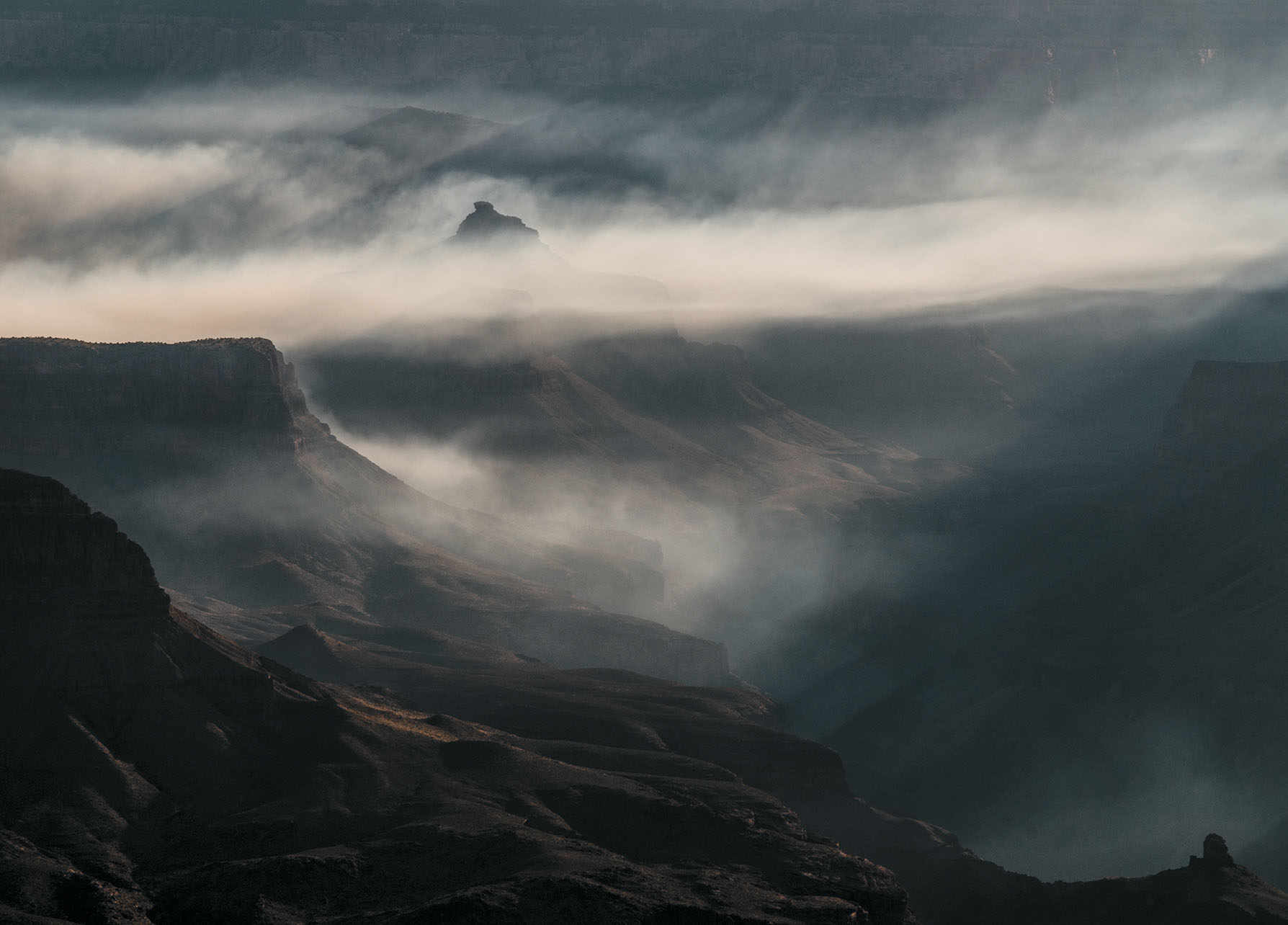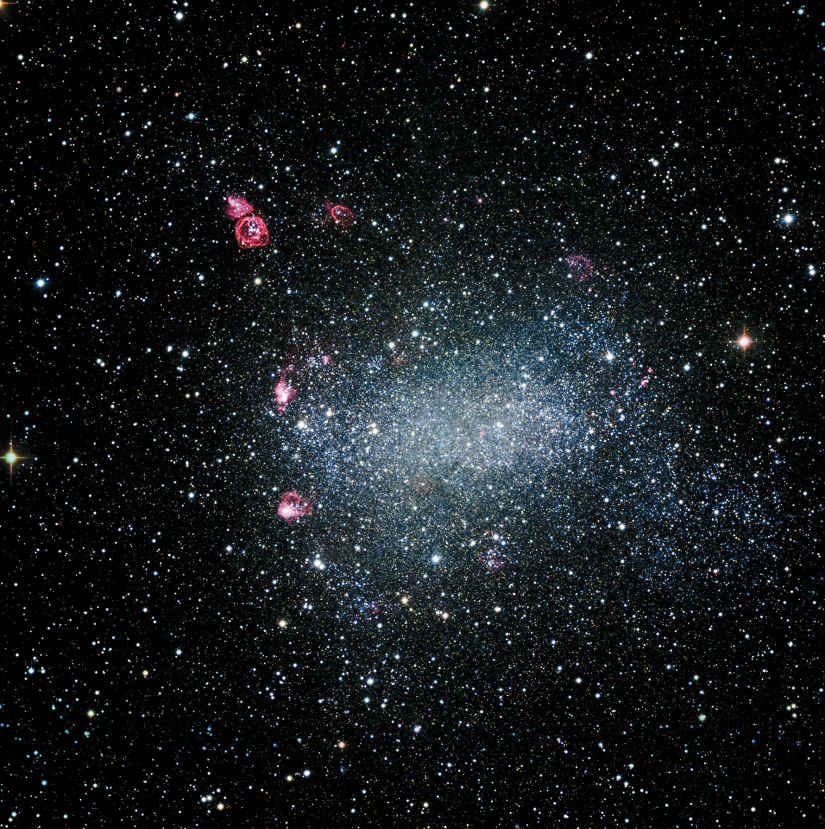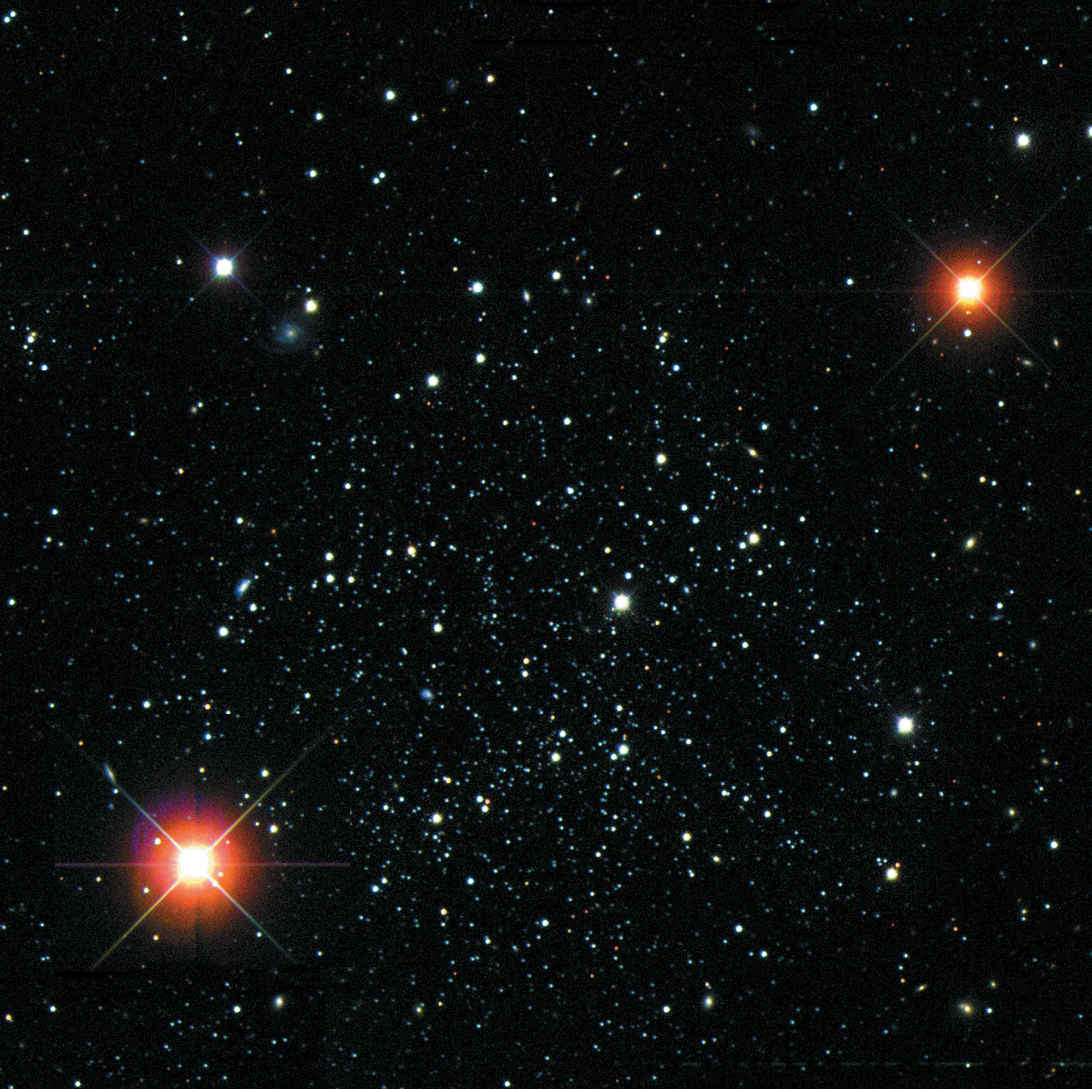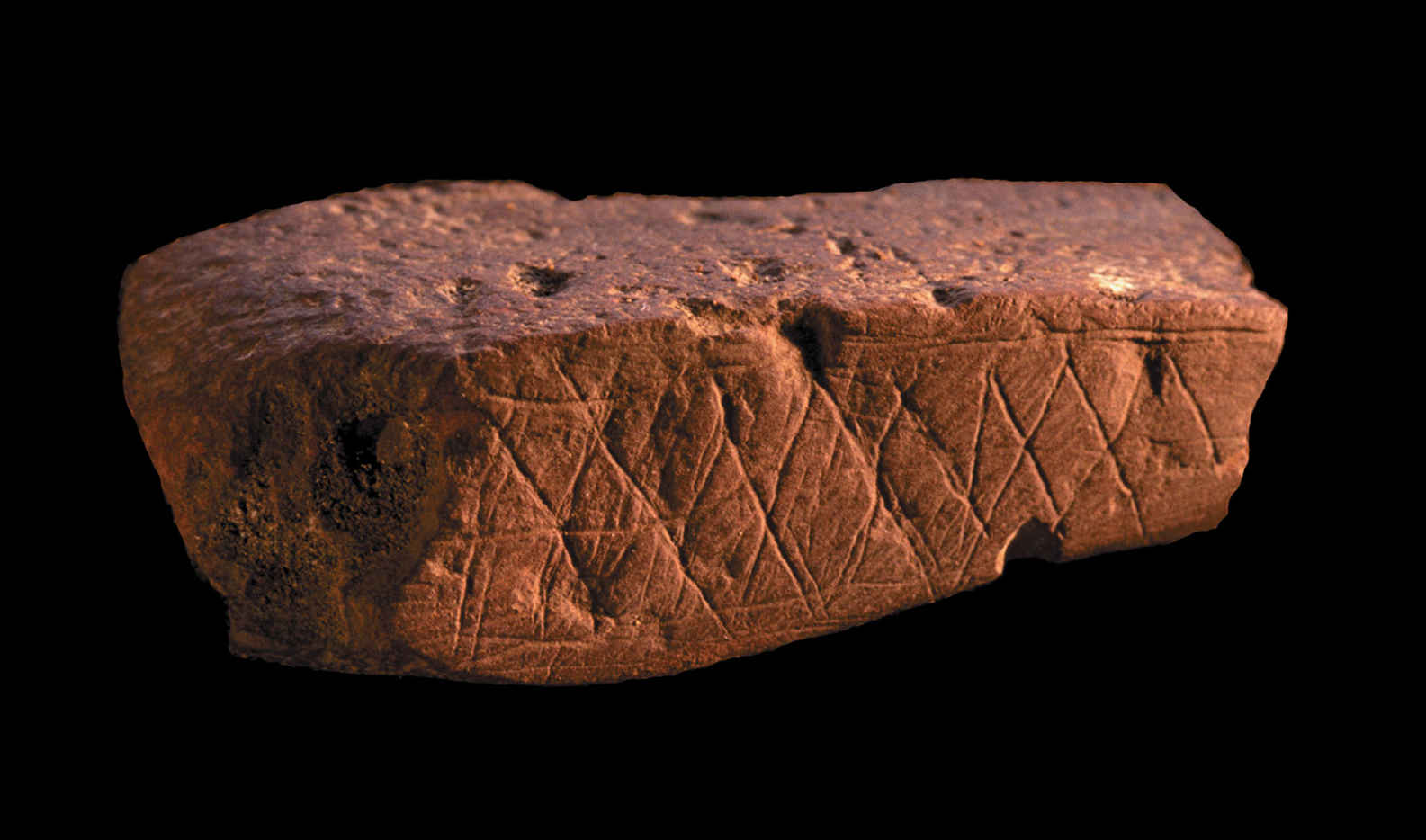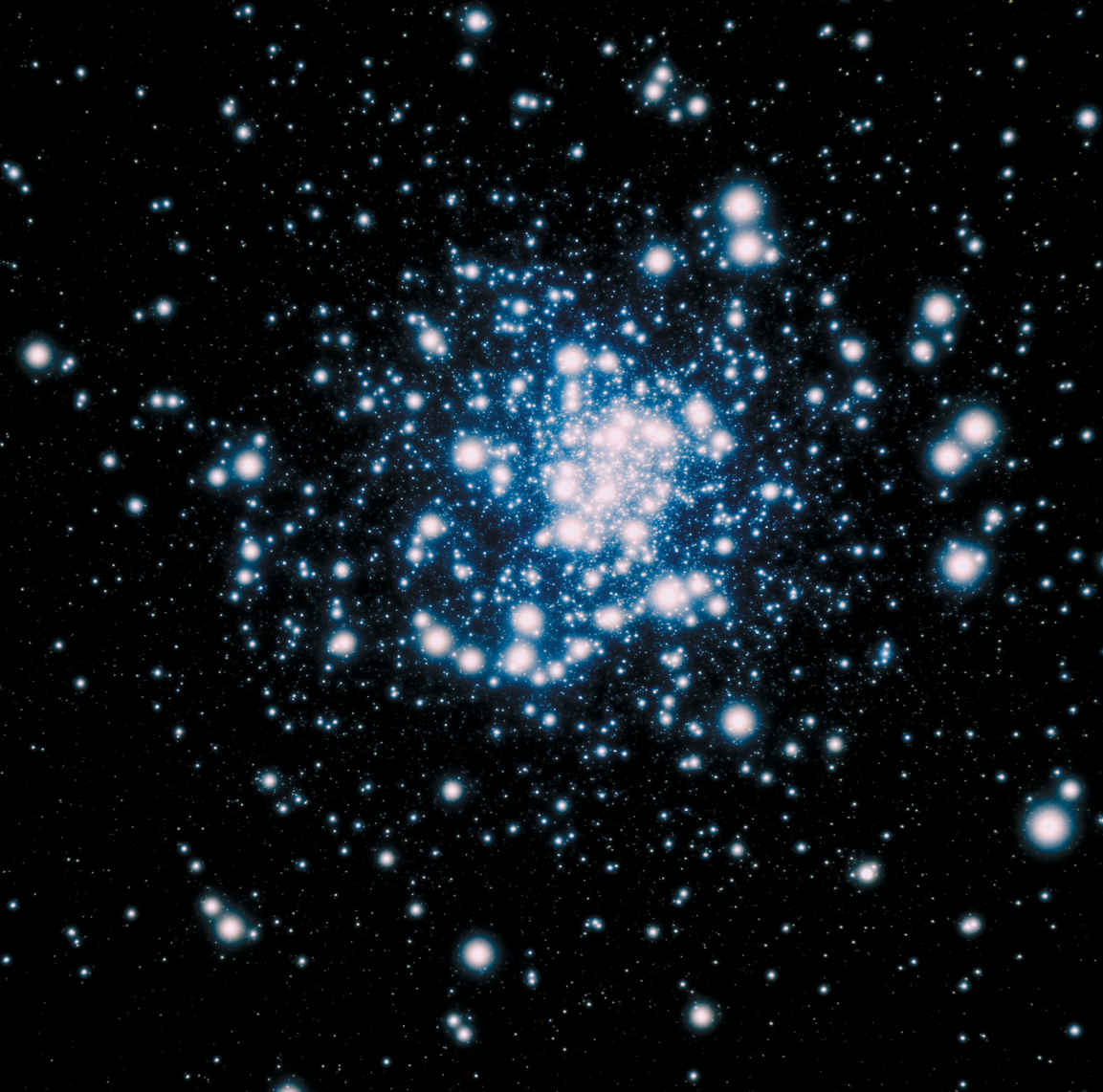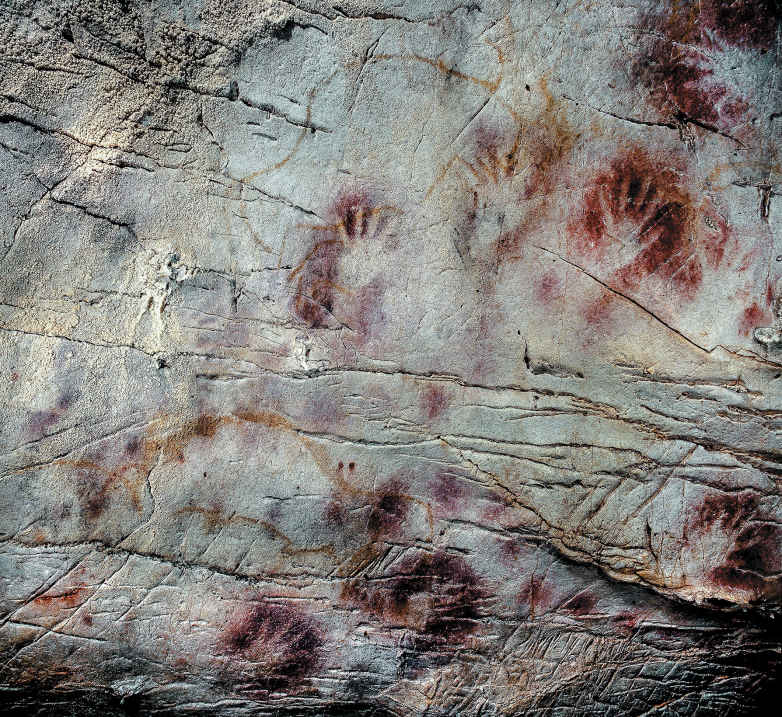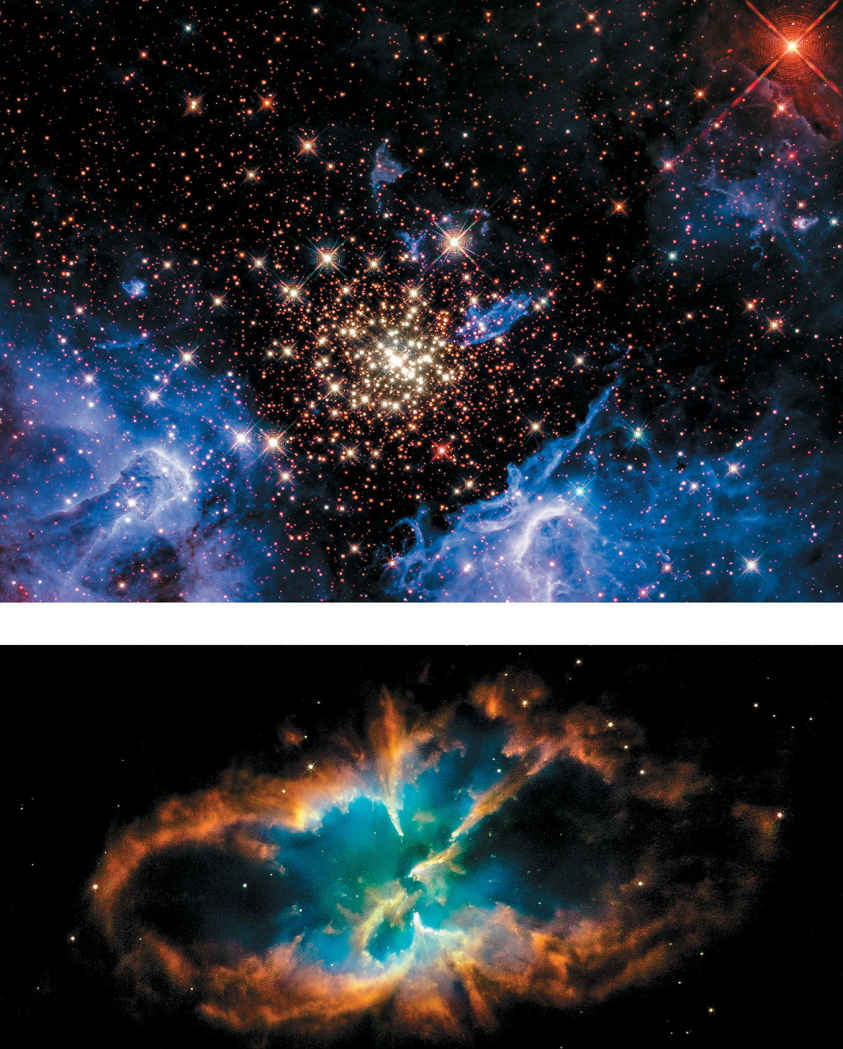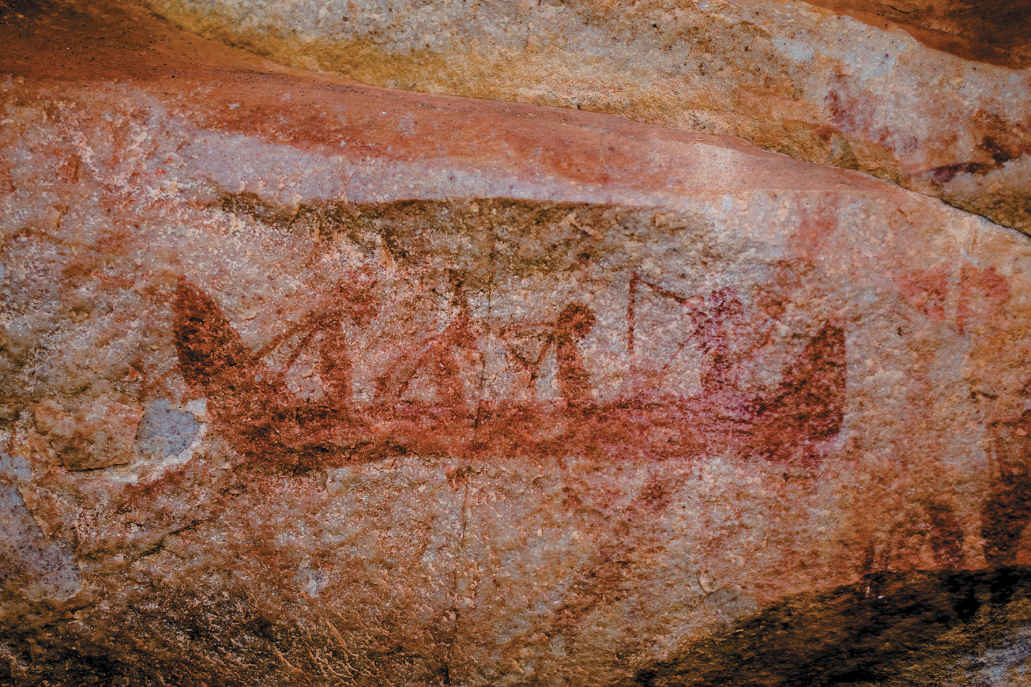Michael Soluri - Infinite Worlds: The People and Places of Space Exploration
Here you can read online Michael Soluri - Infinite Worlds: The People and Places of Space Exploration full text of the book (entire story) in english for free. Download pdf and epub, get meaning, cover and reviews about this ebook. year: 2014, publisher: Simon & Schuster, genre: Romance novel. Description of the work, (preface) as well as reviews are available. Best literature library LitArk.com created for fans of good reading and offers a wide selection of genres:
Romance novel
Science fiction
Adventure
Detective
Science
History
Home and family
Prose
Art
Politics
Computer
Non-fiction
Religion
Business
Children
Humor
Choose a favorite category and find really read worthwhile books. Enjoy immersion in the world of imagination, feel the emotions of the characters or learn something new for yourself, make an fascinating discovery.

- Book:Infinite Worlds: The People and Places of Space Exploration
- Author:
- Publisher:Simon & Schuster
- Genre:
- Year:2014
- Rating:5 / 5
- Favourites:Add to favourites
- Your mark:
Infinite Worlds: The People and Places of Space Exploration: summary, description and annotation
We offer to read an annotation, description, summary or preface (depends on what the author of the book "Infinite Worlds: The People and Places of Space Exploration" wrote himself). If you haven't found the necessary information about the book — write in the comments, we will try to find it.
A stunning, unprecedented collection of photographs and essays that goes behind the scenes at NASA, in which the humanity of the astronauts, engineers, scientists, technicians, and ground crews that contributed in saving the Hubble Space Telescope are revealed.
Michael Soluri has been photographing the people and places of space exploration for more than fifteen years. With the support of Discover magazine, NASA, and the astronaut crew, he was able to gain unfettered access to the multiple worlds of the historic, one-of-a-kind shuttle mission and tools that saved the Hubble Space Telescope. His friendship with the crew grew out of a chance meeting with Mike Massimino, one of the seven astronauts selected for the last-ever servicing mission to the Hubble. Intrigued by the possibilities, Soluri asked Massimino: What is the quality of light really like in space? While astronauts take photos in space all the time, Soluri was asked to coach this crew into making photographs that better communicate their experiences in space the way an artist does: as expressions of human curiosity and ambition, and the infinite worlds to which humankind aspires in exploring the universe.
Infinite Worlds is an exclusive and unscripted photographic documentary inside the world of three NASA flight centers in Maryland, Texas, and Florida. With the closing of the shuttle program, this is the first and last book of its kind. Designed with more than 400 gorgeous full-color and black & white photographs, it is woven with essays written by eighteen individuals from the human and robotic spaceflight labor force that participated in STS 125/SM4. Infinite Worlds will appeal not only to the space history buff and photography connoisseur, but also to the armchair astronomer, and families wanting an insightful and beautiful keepsake of the space shuttle and Hubble Space Telescope era.
Michael Soluri: author's other books
Who wrote Infinite Worlds: The People and Places of Space Exploration? Find out the surname, the name of the author of the book and a list of all author's works by series.

